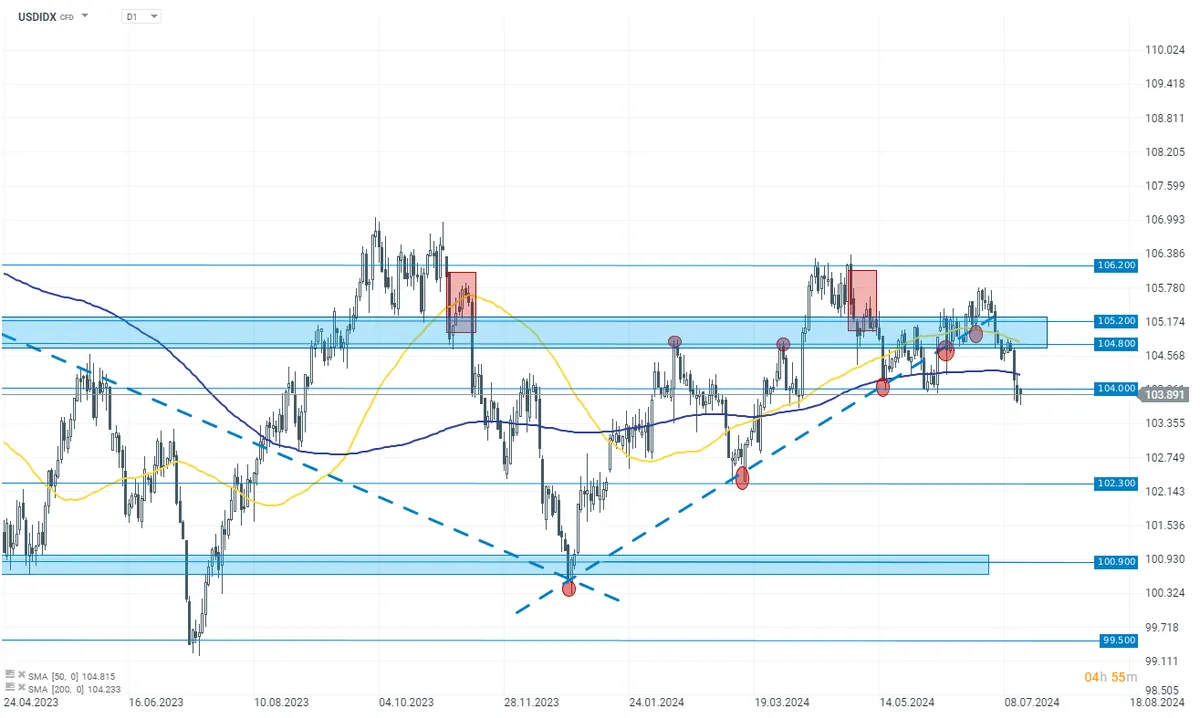Fed Chair Signals Potential Rate Cut as Economic Landscape Shifts
Jerome Powell hints at September interest rate reduction, citing falling inflation and rising unemployment. Bank of England's Andrew Bailey also suggests faster rate cuts may be possible in the UK.

Jerome Powell, Chair of the Federal Reserve, has provided the clearest indication yet of a potential interest rate cut in September. Speaking at the Jackson Hole Economic Symposium in Wyoming, Powell stated that the time has arrived for policy adjustment, signaling a shift in the central bank's stance.
"The time has come for policy to adjust. The direction of travel is clear, and the timing and pace of rate cuts will depend on incoming data, the evolving outlook, and the balance of risks."
Powell's remarks come as the Federal Reserve, established in 1913, grapples with changing economic conditions. The Fed Chair noted that nearly four and a half years after the onset of COVID-19, the most severe pandemic-related economic distortions are subsiding. He highlighted a significant decrease in inflation and a cooling labor market as key factors influencing the potential policy shift.

The Federal Reserve's dual mandate, which includes maximum employment and price stability, has guided its actions throughout this period. Powell emphasized that while the economy continues to grow at a robust pace, recent data suggests evolving circumstances in both inflation and the labor market.
Financial markets responded positively to Powell's statements, following a period of uncertainty earlier in August. This uncertainty was triggered by the Fed's decision to maintain interest rates, coupled with subsequent weak economic indicators.
Analysts have interpreted Powell's remarks as a clear signal of the Fed's dovish turn. Ryan Detrick, chief market strategist at Carson Group, referred to this as the "Powell pivot," suggesting that multiple rate cuts may occur in the coming months.
Across the Atlantic, Andrew Bailey, Governor of the Bank of England since March 2020, echoed similar sentiments. Speaking at the same conference, Bailey suggested that inflation in the UK appears to be diminishing more rapidly than anticipated, potentially paving the way for accelerated interest rate reductions.
The Bank of England, one of the world's oldest central banks founded in 1694, recently implemented its first rate cut in four years, reducing the rate from 5.25% to 5%. Bailey cautioned that while progress is evident, sustained achievement of the inflation target remains a priority.
These developments in both the US and UK monetary policies reflect the ongoing challenges central banks face in balancing inflation control and employment stability. As economic landscapes continue to evolve post-pandemic, the actions of these influential institutions will play a crucial role in shaping global financial conditions.


































